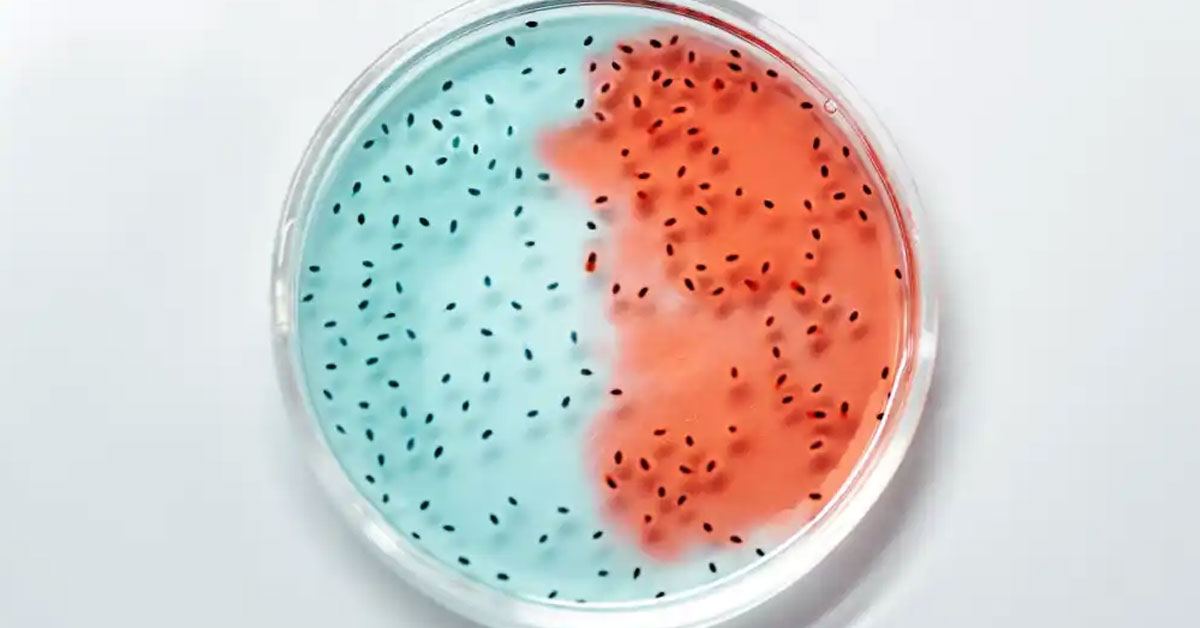Schools should be environments that encourage collaboration, discovery and growth. Whether students are young children, teenagers or college-age, their place of learning must be one that promotes success and well-being. In addition to the curriculum and the level of support that teachers and staff provide, there are other factors that can impact the student experience.
Proper facility maintenance has an impact on the health of those who spend time in educational facilities and has become even more important in the wake of the COVID-19 pandemic. From cleaning and disinfecting high-touch surfaces to regularly maintaining carpet, there are numerous tasks that custodial teams and building service contractors perform in order to keep schools clean and safe.
Carpet cleanliness is especially important for maintaining good indoor air quality. Read on to learn more about asthma and allergy risks and dirty carpet facts. Plus, determine what could be embedded deep within the carpet in your school and how best to maintain your carpeted areas.
Carpet Health Risks: Asthma & Allergies
According to the American Lung Association, asthma is the most common chronic condition among children. It affects an estimated 6.1 million children under the age of 18 and many of those who have asthma will experience an attack that will cause difficulty breathing. Asthma also impacts many college-age students. The Centers for Disease Control and Prevention reports that more than 19 million adults aged 18 and over have asthma.
In addition to asthma, allergies are also a big concern. The Asthma and Allergy Foundation of Americasays that more than 50 million Americans experience allergies, and allergies are a top leading cause of chronic illness. A variety of factors can trigger allergy symptoms, including pollen, mold spores, dust mites and pet hair. Additionally, people can experience allergies throughout the year, with spring and fall being especially allergy-prone seasons.
Many people who suffer from asthma and allergies also miss school days, which can have a negative effect on their learning. Cultivating environments that limit the impact of asthma and allergies can go a long way in reducing extended absences or even the inability to focus while in the classroom. Best practices include regularly replacing air filters, installing air purifiers and consistently removing contaminants that carpet removes from the air.
Carpet Dangers: Harboring Contaminants
In addition to providing comfort and noise reduction, carpet also helps to trap contaminants that would otherwise be in the air. Over time, these build up in carpet fibers. Hence, regular vacuuming and cleaning is essential.
So, what exactly could be hiding in your carpet? It’s possible that any of the following have found their way into your carpet:
- Dust – It’s inevitable that dust builds up in indoor environments over time. This dust can settle into carpet and become embedded in the fibers. Removing these allergens can also help curb the presence of dust mites.
- Dust mites – While it’s unpleasant to think of small, microscopic bugs living in your carpet, dust mites could very well be calling your carpet their home. These spider-like creatures feed on dead skin cells that fall into carpet and on upholstery. They thrive in warmer and damper conditions. While they don’t bite, their droppings can trigger allergic reactions in some people.
- Pet hair – Though it’s unlikely that schools will have class pets that are larger than fish or a guinea pig, it’s possible a student may have a support dog. Plus, pet dander and hair can travel into schools on the clothes of students and staff members who have pets at home. Both hair and dander can upset allergies, so regular carpet cleaning is a must.
- Pollen – Tree and flower pollen needs to stay where it belongs: outside. Regularly conducting interim maintenance can help remove pollen that’s embedded deep within the carpet pile.
- Dirt, sand and rocks – Many of the soils that end up in carpet come from the soles of visitors’ shoes. People can track contaminants from the outdoors to indoor areas. These may include dirt, sand, small rocks and excess moisture. While not all of these may not disturb asthma and allergy symptoms, they will negatively impact the look of carpet over time. Plus, moisture can lead to the growth of bacteria and mold that can set off reactions in those with sensitivities.
- Mold – During the winter and spring months, it’s likely that students and staff will track in moisture from snow and rain. Over time, water can saturate carpet and potentially lead to the growth of mold and mildew. This can create an unpleasant learning environment and potentially impact the health of students, staff and visitors.
Ensuring Student Success
Maintaining carpet in schools contributes to good indoor air quality. Better indoor air quality supports those living with asthma as well as all other students and staff who spend time in educational facilities. Don’t let what’s lingering in your carpet remain there for extended periods of time. By implementing a carpet care program and conducting carpet cleaning on a regular basis, you can remove contaminants like dust, dust mites and allergens from carpet.

